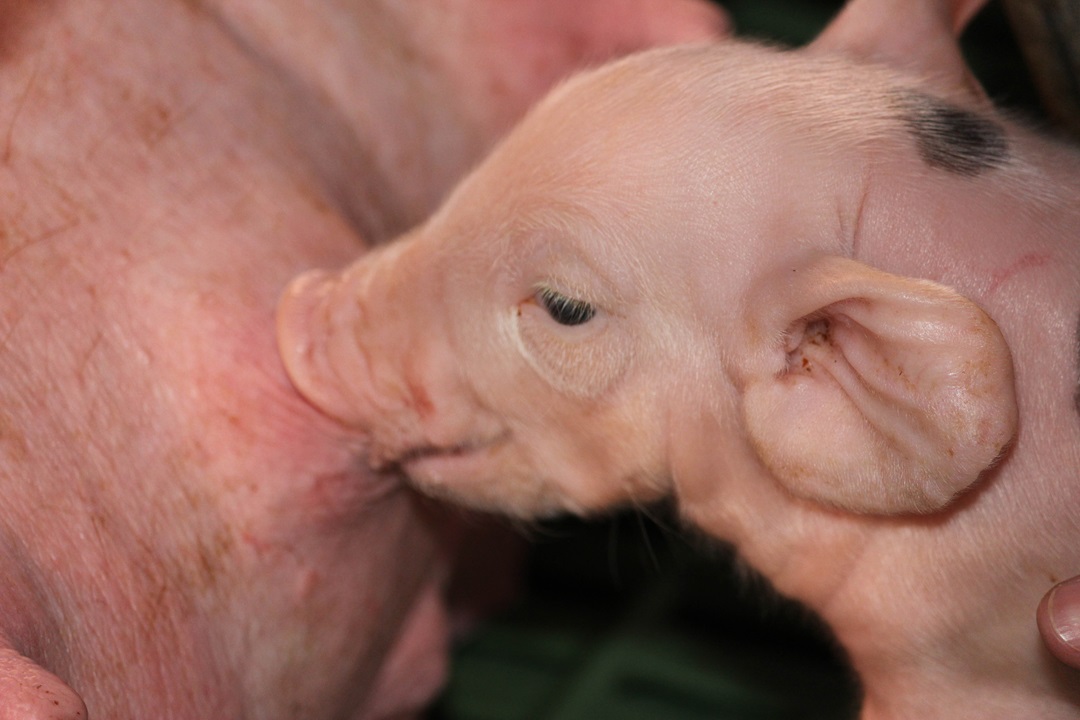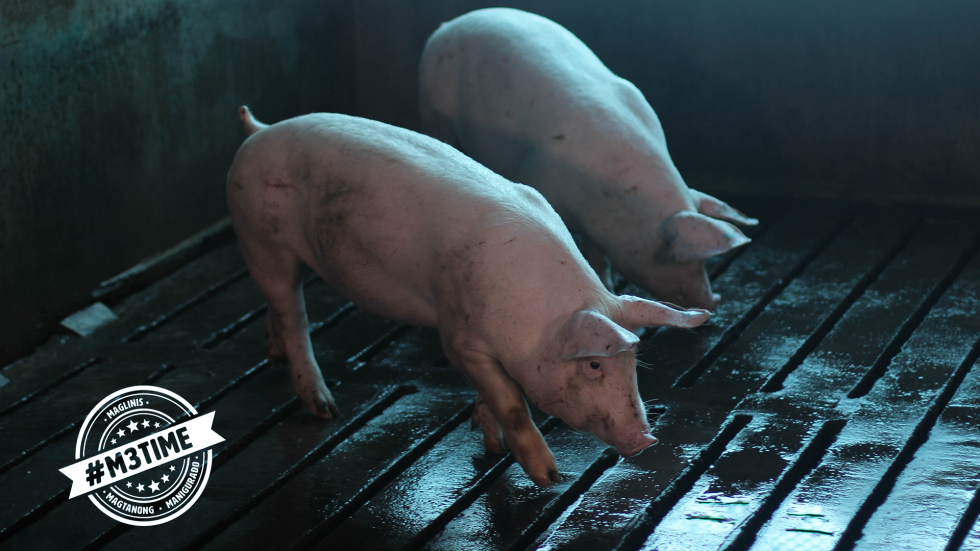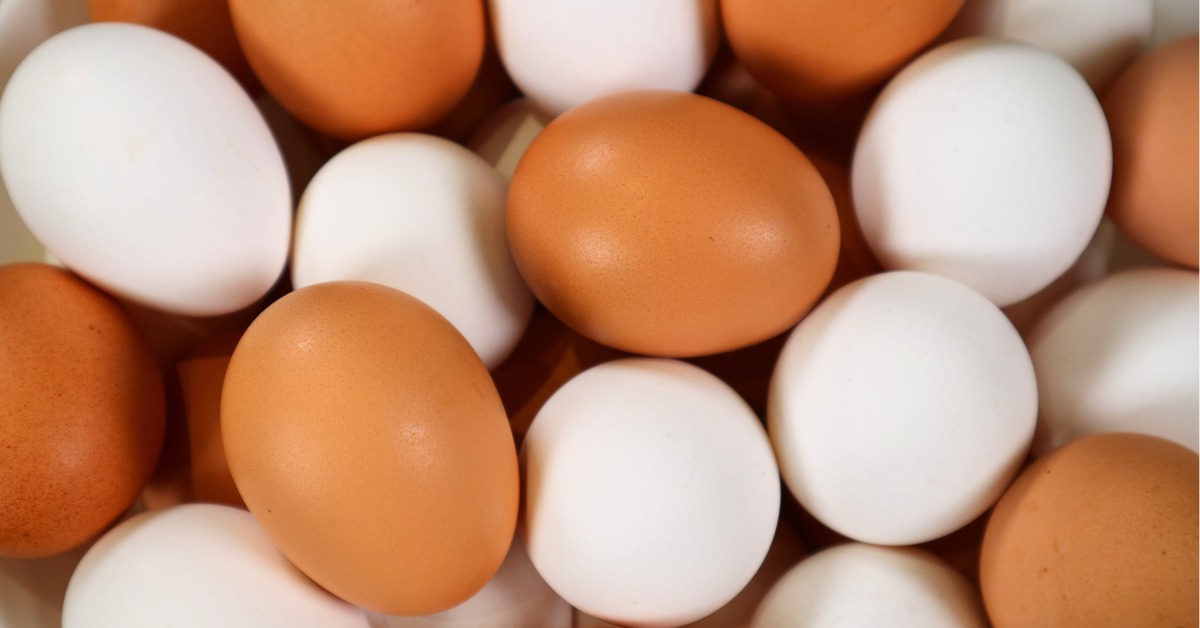
The Egg-cellent Journey of an Egg: A Guide to Healthy Hens and Productive Flocks
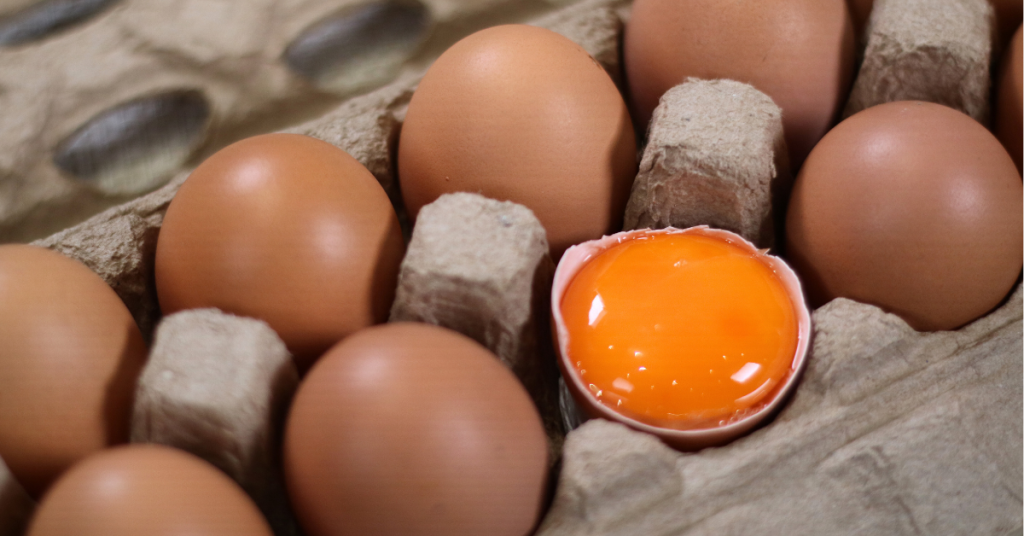
The process begins in the ovary, where the yolk, also known as the oocyte, is formed. Once mature, it is released into the oviduct – a long, coiled tube that guides the egg through its stages of development.
15–18 minutes: Upon release, the yolk travels into the infundibulum, the first part of the oviduct. Fertilization (if it occurs) happens here, but even unfertilized eggs will continue the journey. This initial phase lasts around 15 to 18 minutes.
2–3 hours: Next, the egg white, or albumen, is added. As the yolk spins through the magnum portion of the oviduct, layers of protein form around it. Specialized structures called the chalazae also develop at this stage, which are twisted strands that help center the yolk and keep it stable.
75 minutes: Two shell membranes are formed in the isthmus. These will act as critical barriers, providing structural support and an added layer of protection.
18–20 hours: The majority of the egg’s time is spent in the uterus, also known as the shell gland, where the outer shell takes shape. Composed mainly of calcium carbonate, the shell is both sturdy and porous, strong enough to protect yet breathable enough to support potential life. Just before the egg is laid, it receives a final coating known as the bloom or cuticle. This natural barrier helps prevent bacteria from entering and preserves the egg’s freshness.
A few minutes: Finally, through a series of rhythmic muscle contractions, the egg moves through the cloaca and is then laid. The entire process, from ovulation to laying, takes roughly 24 to 26 hours and begins anew soon after.
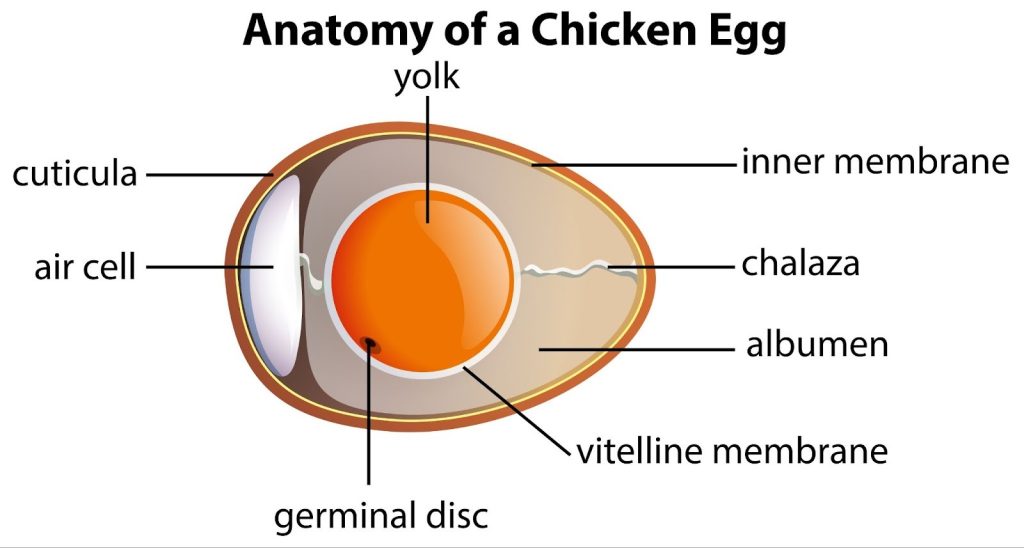
Supporting This Natural Process Through Better Nutrition
Understanding how a hen lays an egg is more than just a biology lesson; it’s a valuable insight into how we can better support their health and productivity. For farmers, the daily reality includes navigating challenges like fluctuating feed costs, disease prevention, and the need to deliver consistent, high-quality eggs.
This is where the right feed becomes crucial.
Poultry Express Chicken Layex Feeds is formulated to meet these very needs. More than just nourishment, it provides a complete nutritional strategy. Enriched with a Vitamin C Boost, it primarily supports the hen’s immune response and stress resilience, helping maintain performance in challenging conditions. This added support leads to enhanced growth, improved feed efficiency, stronger skeletal development, higher survival rates, and optimized egg production with better egg and shell quality as a result of improved overall health. The outcome: healthier, more resilient hens with consistent laying patterns, driving greater sustainability and profitability for your farm.
Thrive With Knowledge, Thrive With the Right Feed
Every egg tells a story of precision, care, and biology at work. As stewards of your flock, the more you understand this process, the better equipped you are to make informed choices that benefit both your birds and your livelihood.
Choose Poultry Express Chicken Layex Feeds—because when your flock thrives, so does your future.
FAQ:
Q1: What is an oocyte?
A1: An oocyte is another term for the yolk, which is formed in the hen’s ovary and is the initial component of the egg.
Q2: Where does fertilization occur in a hen?
A2: Fertilization, if it happens, occurs in the infundibulum, the first part of the oviduct, shortly after the yolk is released.
Q3: How long does it take for the egg white (albumen) to be added?
A3: The albumen is added over a period of 2 to 3 hours as the yolk travels through the magnum portion of the oviduct.
Q4: What are chalazae and what is their purpose?
A4: Chalazae are twisted strands that develop during the albumen formation stage. Their purpose is to help center the yolk and keep it stable within the egg.
Q5: Where are the shell membranes formed and what is their function?
A5: Two shell membranes are formed in the isthmus. They act as critical barriers, providing structural support and an added layer of protection for the egg.
Q6: How long does the egg spend in the uterus (shell gland)?
A6: The majority of the egg’s development time, 18 to 20 hours, is spent in the uterus, where the outer shell is formed.
Q7: What is the bloom or cuticle and what does it do?
A7: The bloom or cuticle is a final coating applied to the egg just before it is laid. This natural barrier helps prevent bacteria from entering and preserves the egg’s freshness.
Q8: How long does the entire egg-laying process take, from ovulation to laying?
A8: The entire process, from the release of the yolk to the laying of the egg, takes roughly 24 to 26 hours.
Q9: Why is proper nutrition important for laying hens?
A9: Proper nutrition is crucial for supporting the hen’s health and productivity. It helps farmers navigate challenges like fluctuating feed costs and disease prevention, and enables them to deliver consistent, high-quality eggs.
Q10: How does Poultry Express Chicken Layex Feeds support hens?
A10: Poultry Express Chicken Layex Feeds provides a complete nutritional strategy. It’s enriched with a Vitamin C Boost to fortify eggshell strength, improve yolk color, and enhance the hen’s immune response, supporting birds under stress and maintaining performance.
Q11: What are the benefits of using Poultry Express Chicken Layex Feeds for farmers? A11: Using Poultry Express Chicken Layex Feeds results in healthier and more resilient hens, more consistent laying patterns, and ultimately, greater sustainability and profitability for the farm.

